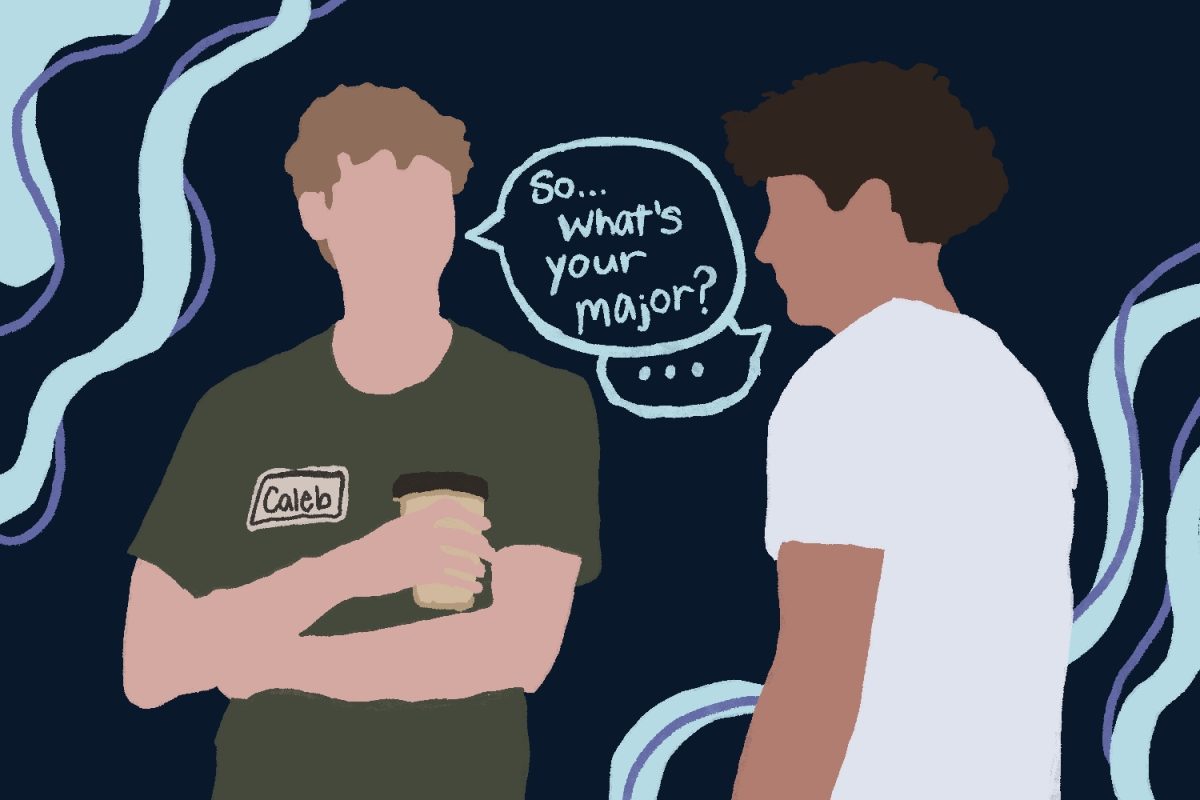While mentoring has become pervasive in academia, University of Massachusetts at Boston psychology professor Jean Rhodes offered cautionary advice about mentoring during a discussion of her latest book, “Stand By Me: The Risks ‘ Rewards of Mentoring Today’s Youth,” at the Askwith Lecture Hall in Cambridge last night.
Rhodes is an enthusiastic proponent of mentoring, asserting that “one good relationship can transform a life.” However, she warned it can have negative impacts if not done well.
“Because a close personal relationship is at the heart of mentoring, a careless approach can do tremendous damage to a child’s sense of self and faith in others,” she said.
“Stand By Me” is based on 10 years of Rhodes’ own research and advocates a greater focus on intergenerational relationships and how they define the mentoring process. Rhodes asserts the benefits of mentoring are numerous, citing emotional and cognitive development, improved psycho-social functioning, reduced substance abuse and improved self-esteem.
“Having a mentor helps to deal with unresolved attachment issues and peer relationships,” she said. The “corrective experience” of a single successful relationship is transferred to other personal relationships and generally alleviates relationship stress.
While mentoring has proven to be extremely effective, it is not always successful. In her book, Rhodes analyzes the effects of particular mentoring cases and the relationships that were fostered.
The most effective mentoring relationships are those that involve frequent contact and conversation, while the biggest cause of failed mentoring is the premature termination of the relationship, she said. Rhodes provided statistics indicating the magnitude and effects of mentoring improve with the length of the relationship.
Rhodes said mentoring “is not a neutral thing. It can actually cause more harm than good.”
In her book, Rhodes said she is “convinced of the extraordinary potential that exists in mentoring relationships. But, I have also encountered the harm — rarely acknowledged — that unsuccessful relationships can do to vulnerable youth.”
A child can be crushed emotionally by a mentor that walks away prematurely, does not return phone calls, forgets birthdays or breaks promises, Rhodes said. These “subtle, quiet pains” need to be recognized, and the relationship itself should be taken seriously. However, Rhodes solemnly announced that, in spite of the highly sensitive nature of mentoring, “among 700 nationally representative programs, less than half provided mentors with two or more hours of training, and 22 percent offered no training at all and no supervision.”
In “Stand By Me,” Rhodes impels recognition of the social context of mentoring relationships, emphasizing the need for “expansion of high quality programs, realistic recruitment and training strategies, ongoing monitoring and post-match support, and different levels of intervention for different needs.”
Among the audience of about 70 was Cambridge resident Julie Friedberg, 30, who attended the forum as an educator involved with mentoring.
“I came because I’ve been interested in mentoring for years,” she said. “I used to run educational non-profit organizations based on youth-to-youth mentoring, and I was interested in hearing about adult mentoring relationships.”
Friedberg said she found the statistical data Rhodes presented to be particularly useful in substantiating trends that she had encountered in her own mentoring experience.
Adrien Dorsinville, Jr., a freelance artist from Haiti, attended the forum looking for a personal mentor.
“I know the importance of role models for youth, especially in the arts,” he said.
Dorsinville said he found the discussion very helpful, as he was able to make contacts with various mentoring programs in regard to a children’s book he is presently creating.















































































































